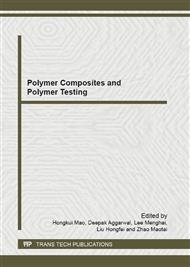p.455
p.459
p.464
p.469
p.474
p.478
p.482
p.487
p.491
Research on Aluminum Electrolysis Equipment Control Strategy
Abstract:
Aluminum electrolytic process is a complex nonlinear, time-varying delay and large industrial process system which conventional control methods are hardly can achieve good results. Because of that, a control method that combines fuzzy and neural network is put forward in the paper. This method has not only the robust fuzzy control and overshoot, but also self-learning ability of neural network. And conduct a system simulation, simulation results show that compared with the previous control method this method has good speed and stability, to achieve the purpose of energy saving for the control of alumina concentration.
Info:
Periodical:
Pages:
474-477
Citation:
Online since:
April 2012
Authors:
Price:
Сopyright:
© 2012 Trans Tech Publications Ltd. All Rights Reserved
Share:
Citation:


